“The rent is too damned high.” You hear it on the subway, you hear it on the news, and you hear it exclaimed even by mild-mannered conservationists while perambulating in the park. The rising cost of urban housing is on everyone’s mind, from Mayor Bill de Blasio to the chattering masses of the blogosphere. For most of my life, I figured nature had nothing to do with the price of my apartment. But now I’m not so sure. Let me explain by taking on the boogeyman of the moment: gentrification.
Gentrification is the process by which the wealthy, and the values of wealthy people, displace the persons and the values of others who are economically less well-off. On the one hand, one can see gentrification as a measure of a city’s success. Rising rents indicate the attractiveness of the city and, in particular, of certain neighborhoods, as places for people to live and work. Simply stated, more people want to live in the city than there is housing available, so rents rise. (This is exactly why the Mayor is so keen on building more affordable housing.) More expensive rents bring greater returns for property owners, raise the price of real estate, generate construction and secondary economic effects, and thus expand the municipal tax base. Compared with just a few decades ago, it is astonishing how New York has changed: safer, cleaner, more populous and more prosperous. Mayors of many cities in America and around the world would kill to have such problems.
On the other hand, what gets lost as rents rise is diversity and the vitality of urban spaces that follows directly from diverse, “authentic” experiences. Sharon Zukin, a renowned sociologist at Brooklyn College, opens her book on gentrification by saying: “In the early twenty-first century, New York City lost its soul.” What Zukin laments is the loss of gritty, heterogeneous, vibrant, ethnic, working class villages of small shops and businesses that used to comprise New York City, a city of villages. As Zukin writes, these were the kinds of neighborhoods celebrated by Jane Jacobs and are now the explicit goal of most urban planning practices. Yet, despite the best of intentions, in areas with access to the subway, these “authentic” places are being replaced by high-end versions of the Mall of America. The wealthy displace the less wealthy and bring with them what might be called homogenization by capital. Mom and pop stores just can’t compete with multi-nationals (read: Starbucks) when rents double every 18 months. The coffee might be stronger, the food might be fancier, the clothing might be finer, but only the better off might afford it for long. And truth be told, the wealthy are a bit boring.
Displacement is the nub of the issue. This group of people comes in and that group of people goes out. One can’t help but note that this has been happening in New York City for a very long time. Quoting Zukin quoting Burrows and Wallace quoting periodicals of the middle nineteenth century: “Manhattan is a ‘modern city of ruins,’ the New-York Mirror wrote in 1853. ‘No sooner is a fine building put up than it is torn down.’ Harper’s Monthly declared ‘A man born in New York forty years ago finds nothing, absolutely nothing, of the New York he knew.’”
Of course all of this is ripe with analogies to nature. Gentrification is not unlike the invasive weed that takes over the empty lot, squeezing out less competitive flowers of various kinds. Sure, one could argue that the biomass is higher and that some ecosystem services, like carbon sequestration or water retention, are better served by the dense, monotypic cover, but anyone who knows anything about biodiversity can’t help but feel the loss. More is not always better, and everyone—down to the smallest and most fragile—deserves some place to live.
Another analogy: gentrification has, indeed, been proceeding from the very beginning. If early twenty-first century New Yorkers mourn the loss of the gritty streets of New York in the 1970s, if mid-nineteenth century New Yorkers lamented the loss of farmland and springs, then they are only echoing the much more profound loss of nature initiated when the city began. Earlier generations of Native Americans knew forests and wetlands and a diversity of creatures completely unlike the city of steel and asphalt we know today.
In fact, my dear “The Nature of Cities” readers, what was the original displacement? Who has the greatest claim to vitality and authenticity in New York City? Well, it ain’t you and it ain’t me. It is the plants and animals (including some people) that lived here before the idea of New York City ever emerged. It is to these creatures, and their sense of the city, that “The Nature of Cities” blog is committed. We seek the true authentic experience of place—the experience of nature.
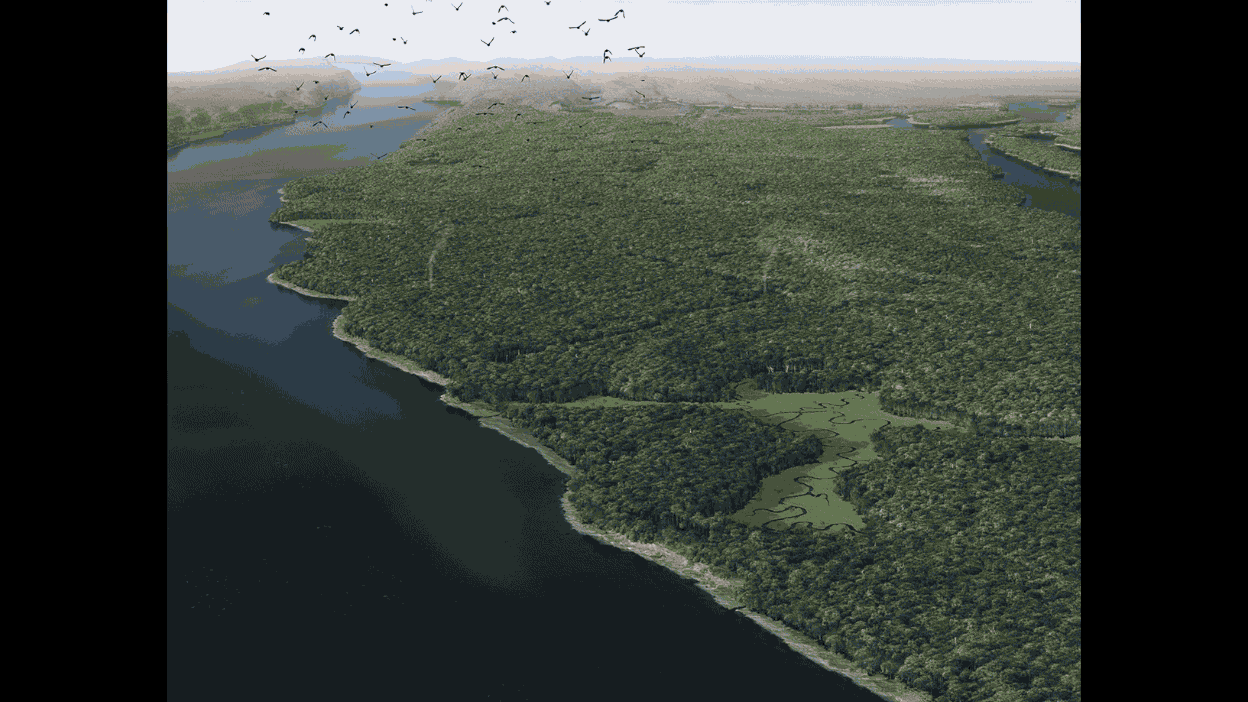
As you may know, the place that became New York City—what I call Welikia, which meant “my good home” to the Lenape inhabitants of 400 years ago—had an extraordinary nature. Our latest count puts it at over 100 distinct ecological communities that once inhabited the landscape that became New York, filled with at least 1,000 distinct species of plants and animals. Differences in class and ethnicity among the human species represent one kind of vibrant heterogeneity, but the heterogeneity across species—biodiversity—represents a much more profound level of difference. Consider for a moment the life histories of a red oak, a broad-winged hawk, and a humpback whale, all of which made Welikia home. Those are the authentic experiences of New York City.
Why were these vital, authentic, heterogeneous populations almost entirely displaced? Where were the policies that should have maintained their lives in the city? Such policies did not exist because plants and animals (including the Lenape that inhabited Welikia) had no political power and were economically undercapitalized. Not a single tree, bird, whale or American person at the time New Amsterdam was founded had a single penny to his or her name.
Zukin is absolutely correct to say that gentrification is not a “natural” process, especially if we take “natural” to mean outside the human arena of social relationships. Gentrification, as we know it in New York City today, is almost entirely the product of the rules we have set up to govern the relationships among our fellow citizens. (“Almost” because the amount of land, one must remember, is determined by geological forces that long preceded us. Yes, we might make some landfill, but our contributions are still modest compared to the glaciers.) Today, those rules are driven by the exigencies of who has the most money, in the context of the laws of the city, state, and country. Therefore if we seek remedies for gentrification or for the destruction of nature, we must seek to change the rules.
I don’t know what to do about gentrification, but wrestling with gentrification has clarified in my mind what we need to do for nature in the city. There are four main approaches. One is the usual one we take in this forum: exhort our cities and each other to do better. We describe how lovely nature in the city can be, we provide interesting case studies or poorly known facts about urban nature, and we link arms in a shared, global endeavor. It’s nice, even wonderful in the best of cases, but sad to say, less effectual than many of us might like. Over the long run beautiful words and ideas make a difference. In the meantime, they hardly pay the rent.
The second approach is public demonstration and protest. Here fights over specific uses on specific pieces of land (for example, community gardens, beach fronts, parklands) can bring attention, motivate larger groups, and actually change the minds of politicians, especially if the clamor grows loud enough and the press gets involved. Sometimes nature even pitches in, with unpredictable and dramatic acts, such as Hurricane Sandy in New York City in 2012. Retrospectively, and with all due respect to the losses of life and property that followed the hurricane, Sandy is probably the best thing to happen for nature in New York City in a long time: it reminded us all that nature actually does exist, despite the tall buildings.
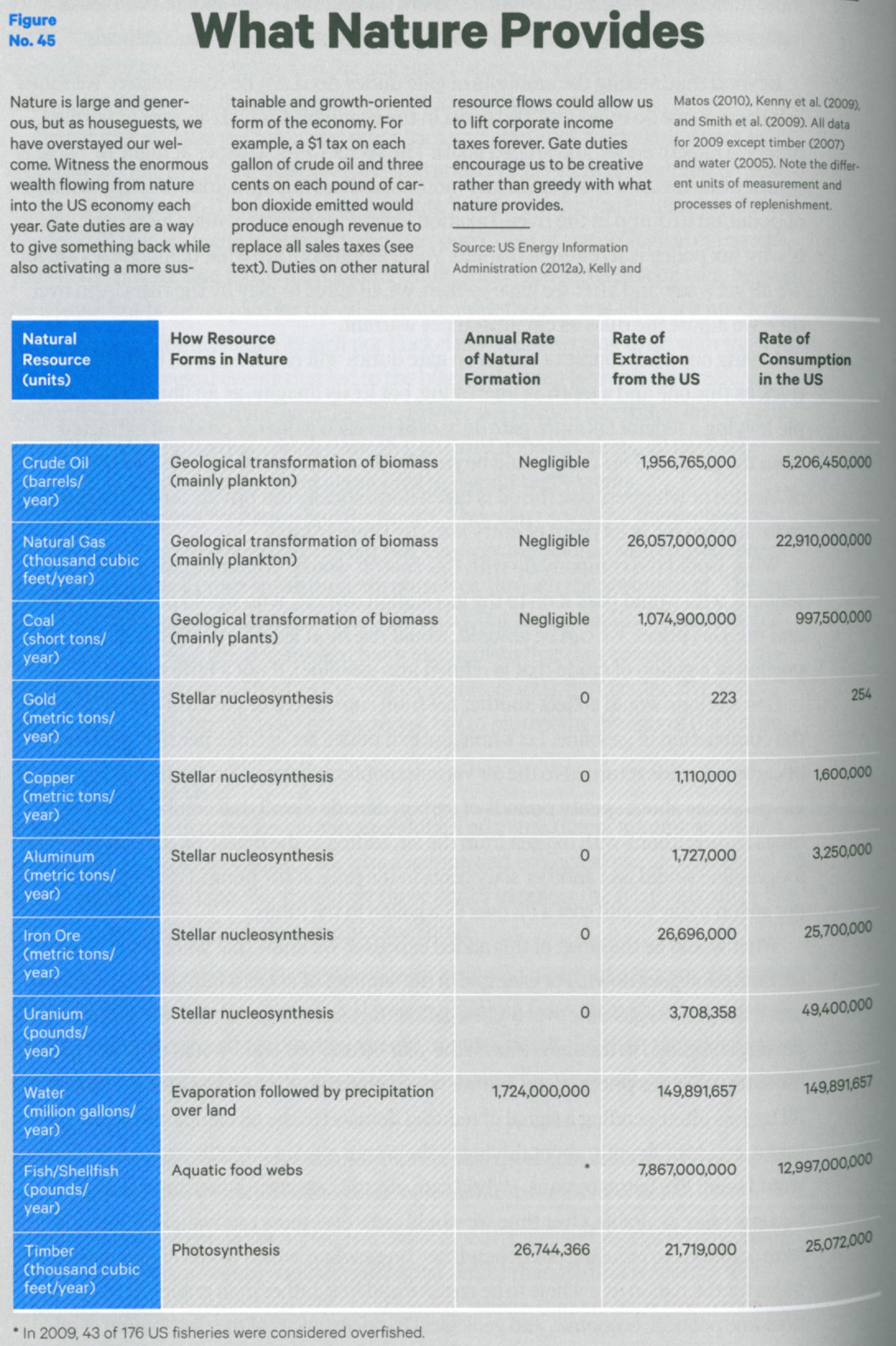 The third approach is the regulatory one: actually changing the rules to change the behavior. This approach is more dependent on local situations, with each government (and level of government) in each locality having its own ways of doing things. In the United States, we saw a wave of important environmental regulation in the early 1970s that made large, important changes for the New York City environment (e.g. Clean Water Act, Clean Air Act, National Environmental Policy Act, etc.). Forty-five years later, those laws still govern our environment, with their focus on human health and safety, but one could imagine a new set of rules that addressed the species long since displaced. I harbor not so secret desires to have all of the Welikia community back, minus perhaps the dangerous ones and the climate refugees, to whom the city might make commitments to save elsewhere
The third approach is the regulatory one: actually changing the rules to change the behavior. This approach is more dependent on local situations, with each government (and level of government) in each locality having its own ways of doing things. In the United States, we saw a wave of important environmental regulation in the early 1970s that made large, important changes for the New York City environment (e.g. Clean Water Act, Clean Air Act, National Environmental Policy Act, etc.). Forty-five years later, those laws still govern our environment, with their focus on human health and safety, but one could imagine a new set of rules that addressed the species long since displaced. I harbor not so secret desires to have all of the Welikia community back, minus perhaps the dangerous ones and the climate refugees, to whom the city might make commitments to save elsewhere
The fourth approach is the most potent one and the one least tried: to directly tie nature to the economic system by valuing it. In other words, we need to agree to give nature value in a monetary sense. The problem from the very beginning was that Europeans ignored the value of nature. They conceived of the bountiful land and its many services as a free gift, to be used and abused at will. In other words, they never thought to pay rent to the first landlord: nature.
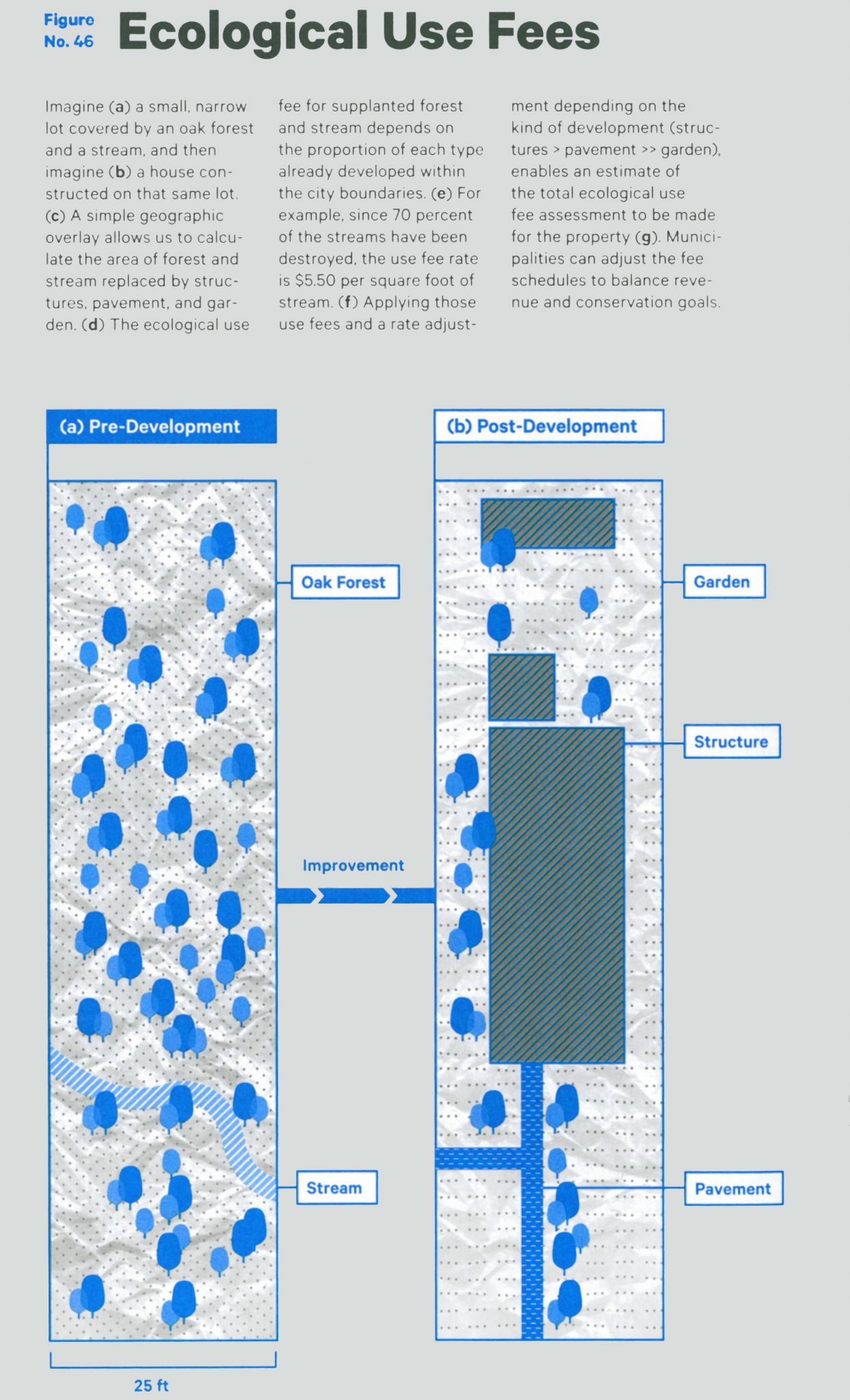
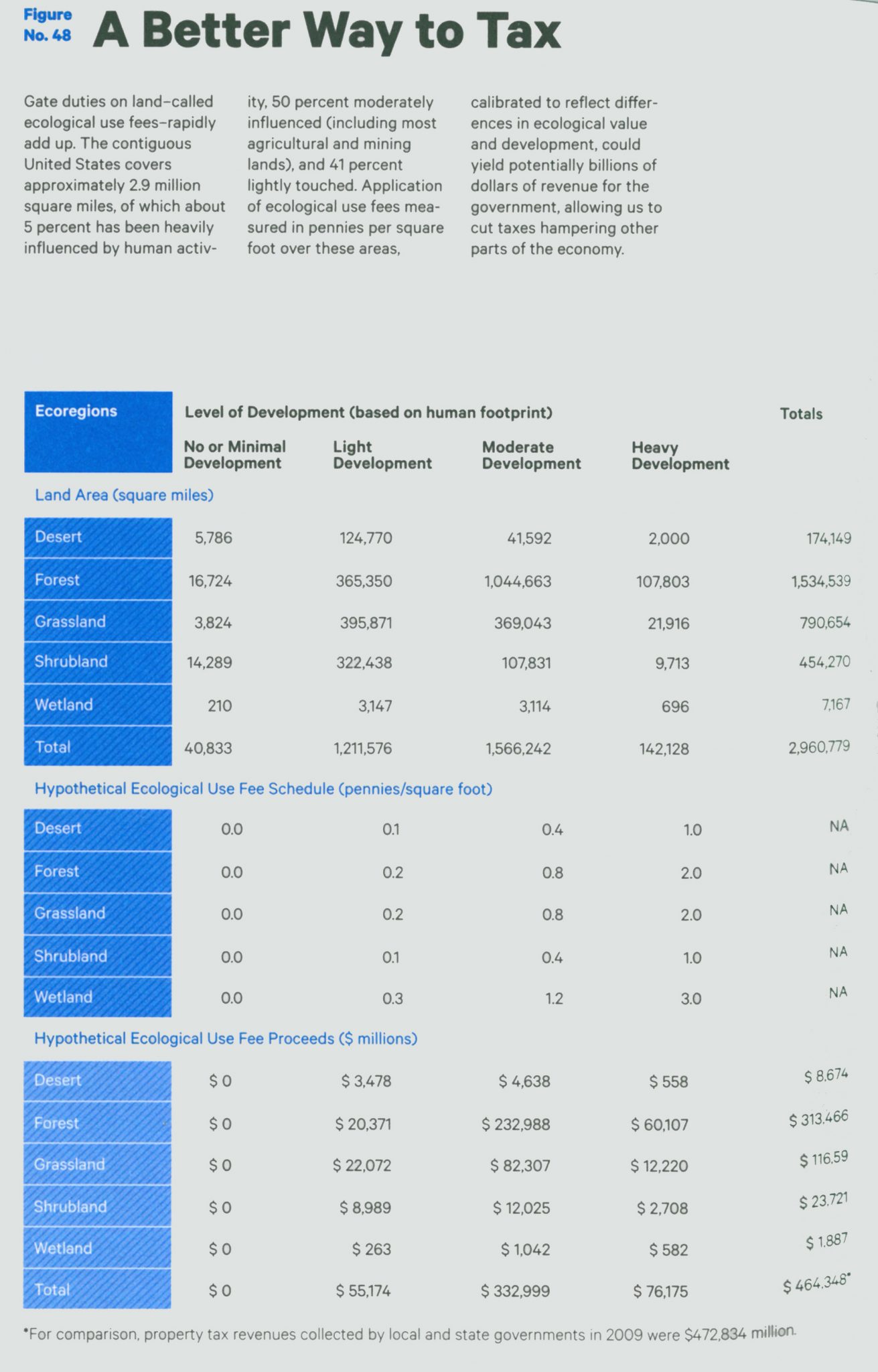 What does it mean “to pay rent to nature”? In a literal sense it is not possible, because nature doesn’t care for your money; nature’s lack of greed is its downfall. Rather than pay nature directly, we need the public to act as the guarantor of nature, both for our sake and for the nature of cities. The rationale lies in rights and responsibilities. Any development project represents an appropriation of ecological value from nature and the body politic as part of nature. The apartment building that creates more stormwater runoff and displaces the trees that would have cooled the city has taken something from me and you and everyone else. For the birds and the bees, it has taken everything. In compensation, the private owner has a responsibility to repay the public for its loss.
What does it mean “to pay rent to nature”? In a literal sense it is not possible, because nature doesn’t care for your money; nature’s lack of greed is its downfall. Rather than pay nature directly, we need the public to act as the guarantor of nature, both for our sake and for the nature of cities. The rationale lies in rights and responsibilities. Any development project represents an appropriation of ecological value from nature and the body politic as part of nature. The apartment building that creates more stormwater runoff and displaces the trees that would have cooled the city has taken something from me and you and everyone else. For the birds and the bees, it has taken everything. In compensation, the private owner has a responsibility to repay the public for its loss.
The most direct way to value nature is through taxes. Right now, property taxes are based on the economic value of the land, which is one reason why some city leaders applaud the process of gentrification. Higher real estate prices translate directly into more money in the city’s coffers. Valuing land in terms of its ecological value, instead, would decouple some of the economic incentives that lead to bleeding high rents while simultaneously returning value to nature. For New York, we could use information about the historical ecology of the city (via the Welikia Project) to set a price on the development of oak-hickory forest, or salt marsh, or the shallow estuary waters, for every parcel in the city. If the tax per area increased as a function of development for each type of natural community, incentives would be built in to develop and respect nature simultaneously.
The result would not only be better nature, but better cities, and, in short order, a better world, with less reliance on the free gifts of nature and more on the diverse talents and skills of human beings. If you want a preview, try chapter 9 in Terra Nova, or read this, or try this.
Eric Sanderson
New York City


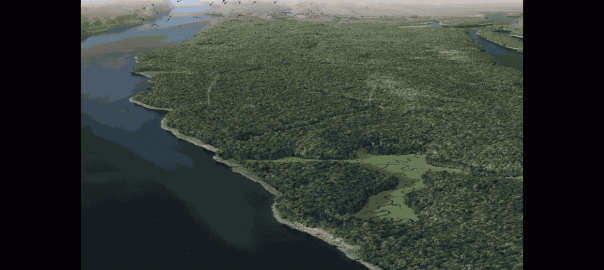
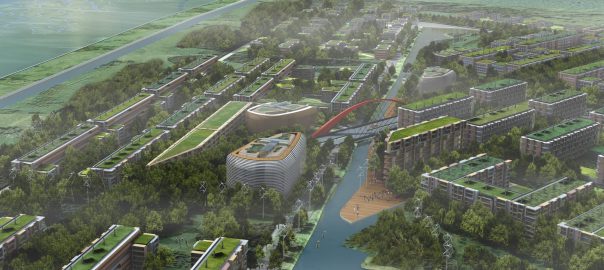
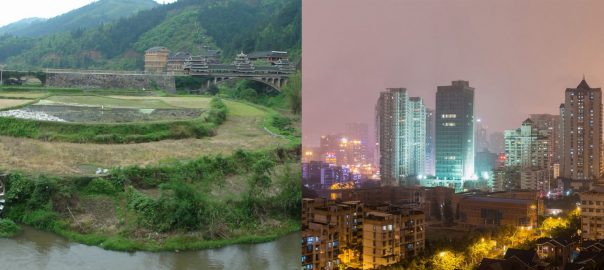
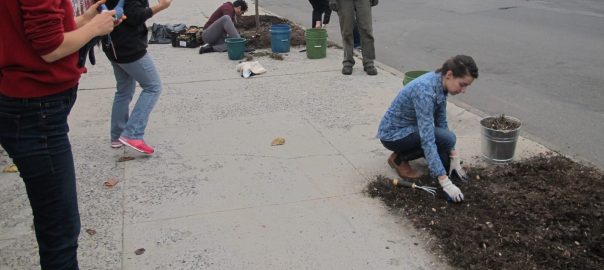
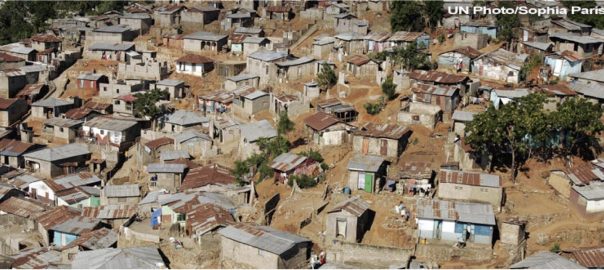
Leave a Reply